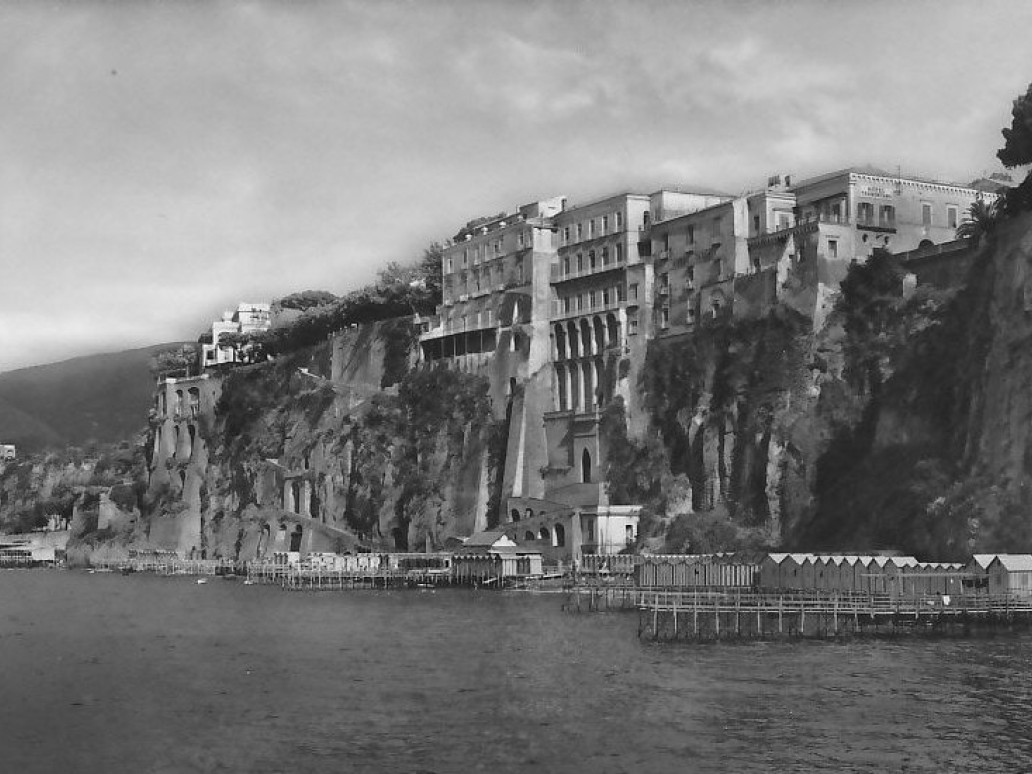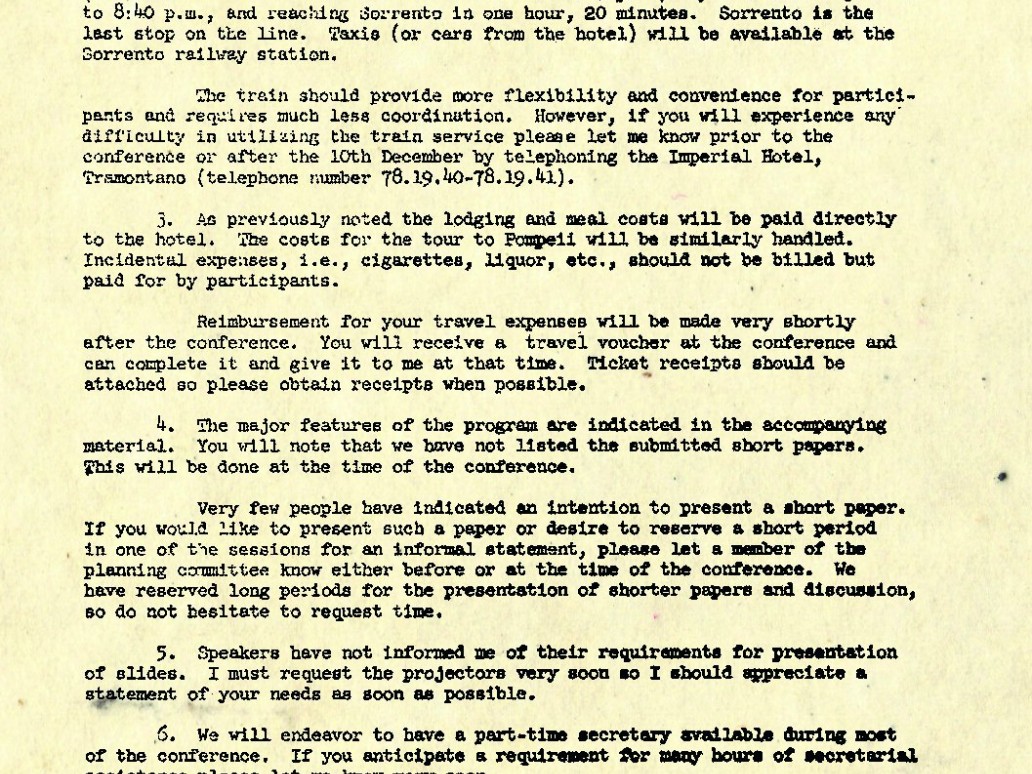The Sorrento Conference: The First Step
Preparations
In 1962 John Lanzetta, while on sabbatical in London as a liaison scientist of the Group Psychology Branch of the Office of Naval Research (ONR), and having traveled to various universities across Europe, was struck by the observation of the limited presence of theory-based work that made use of solid research methods. Most of what went on was descriptive and applied in nature, focusing on local situations, with cross-sectional surveys as the dominant methodology. Yet there was also a small but productive group with broader theoretical interests, keenly aware also of the importance of scientific research methods. Paradoxically, many of them had traveled to and studied in the United States or had welcomed American social psychologists at their own universities, but they were mostly unaware of work being done by colleagues in Europe itself.
In line with the philosophy of the Office of Naval Research and, importantly, of the American Social Sciences Research Council (SSRC), which both strongly promoted the idea of international collaboration, Lanzetta and his Washington ONR colleague Luigi Petrullo felt that bringing a group of European social psychologists together for a ‘get acquainted’ conference might be a stepping stone towards creating a community of social psychologists in Europe. The actual conference was prepared by a four man Planning Committee, consisting of Lanzetta himself, Mauk Mulder, Robert Pagès, and Henri Tajfel (Ragnar Rommetveit and John Thibaut joined the group later).
Interestingly, the European members of the Committee had previously never met. Attendance would be limited to 30 participants, to be chosen by the Committee and the conference should take place at “a sufficiently isolated location lacking in distraction to encourage informal social interaction.” The program should encompass the broad range of work of European social psychology and large blocks of time should be reserved for informal interactions. It was felt that an application of these criteria would guarantee the achievement of the goals set for the conference.
The conference
The conference itself, officially called ‘European Conference on Experimental Social Psychology’ and financially supported by the SSRC and the ONR, took place at the Imperial Hotel in Sorrento, Italy (which, aside from meeting the more serious criteria set by the Committee, is a beautiful place to be at) from 12th to 16th December, 1963.


The 30 participants (21 from Europe, two from Israel and seven North Americans) came from 17 different institutions, spread over 10 countries. For five full days the participants reported, listened to, and discussed papers (presented in French or English) in formal sessions. The sessions were always a meeting of the entire group, organized into two periods a day, each devoted to a separate topic. Discussions often went on in more informal meetings lasting way beyond the official time schedule, often until the late hours of the evening. Today’s tight time speaking and discussing schedules were unheard of in those days.
Evaluation
From today’s perspective the Sorrento gathering might appear as just another little conference, but judged from the evaluation of the participants it was much more than that. It provided an opportunity to learn about research by colleagues from elsewhere that they did not know of before and, importantly, it gave them the needed moral support to continue their work at their home universities where such support was lacking. In addition the conference encouraged Lanzetta and the Planning Committee to develop plans for a second conference and, more generally, to initiate the development of a more comprehensive program for advancing social psychology in Europe.
